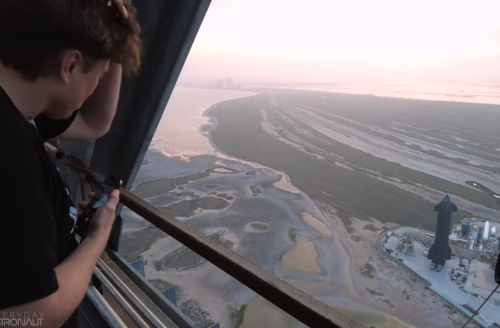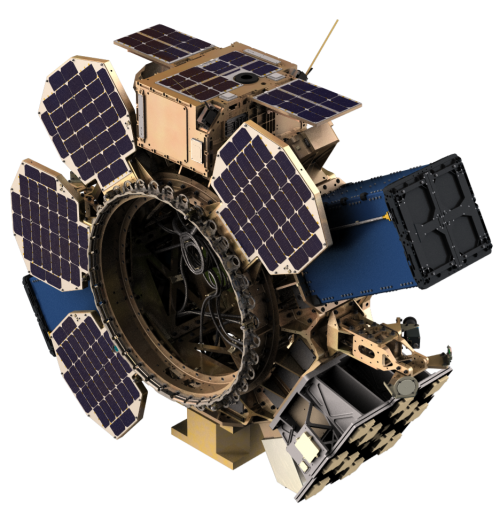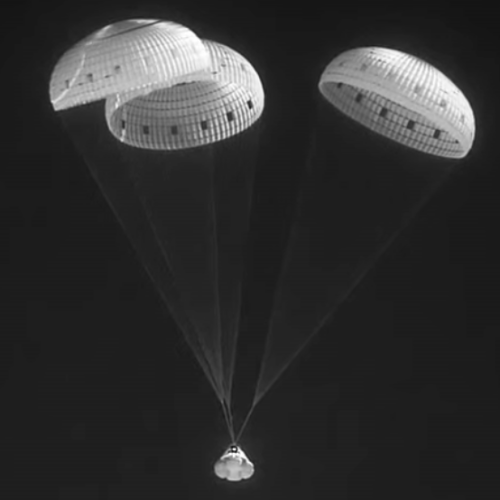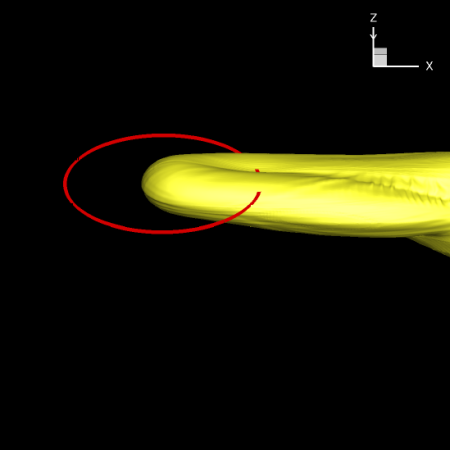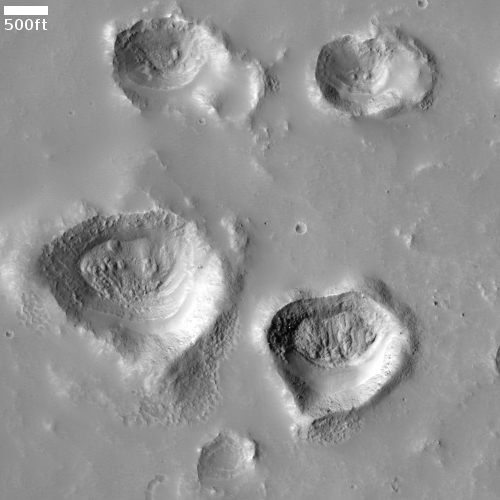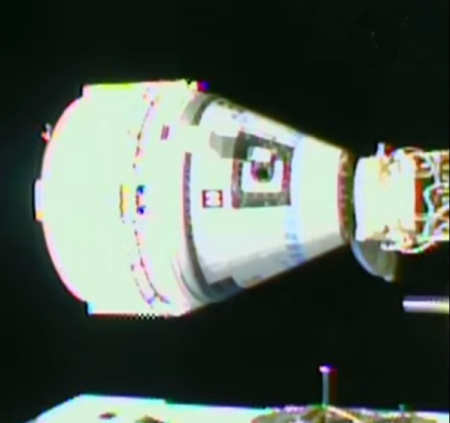Astroscale to deorbit OneWeb satellites, funded by the European Space Agency
Capitalism in space: Astroscale has obtained OneWeb as a major customer for its system to safely deorbit its defunct satellites, with the work partly funded by the European Space Agency (ESA). From the ESA press release:
There are currently two options for removing end-of-life OneWeb satellites from their orbits at the end of their predicted five to six years of service. Each has been allocated enough fuel to be able to actively deorbit at the end of its useful lifetime. But, in case of failure, each has also been built with either a magnetic or a grappling fixture [designed by Astroscale], so that a servicer spacecraft could collect and actively deorbit the satellite.
The servicer spacecraft that Astroscale will build and test is called “ELSA-M” and is planned for launch in 2024. The servicer spacecraft will be the first “space sweeper” capable of removing multiple defunct satellites from their orbits in a single mission.
Following this demonstration, Astroscale will offer a commercial service for clients that operate satellite constellations in low Earth orbit, providing the technology and capability to make in-orbit servicing part of routine satellite operations by 2030.
Apparently, the ESA will pay Astroscale a little less than $16 million to install its grappling fixture on OneWeb’s satellites as well as build and fly the test ELSA-M mission. Once that flight proves the technology by removing several satellites, OneWeb will be expected to pay for Astroscale’s services, as will any other satellite customers.
This deal gives Astroscale a significant leg up on any other junk removal companies, as it getting its grappling fixture in space on many satellites. If that fixture should become standard, it will allow Astroscale to become the dominate satellite junk removal company, at least for the near future.
Capitalism in space: Astroscale has obtained OneWeb as a major customer for its system to safely deorbit its defunct satellites, with the work partly funded by the European Space Agency (ESA). From the ESA press release:
There are currently two options for removing end-of-life OneWeb satellites from their orbits at the end of their predicted five to six years of service. Each has been allocated enough fuel to be able to actively deorbit at the end of its useful lifetime. But, in case of failure, each has also been built with either a magnetic or a grappling fixture [designed by Astroscale], so that a servicer spacecraft could collect and actively deorbit the satellite.
The servicer spacecraft that Astroscale will build and test is called “ELSA-M” and is planned for launch in 2024. The servicer spacecraft will be the first “space sweeper” capable of removing multiple defunct satellites from their orbits in a single mission.
Following this demonstration, Astroscale will offer a commercial service for clients that operate satellite constellations in low Earth orbit, providing the technology and capability to make in-orbit servicing part of routine satellite operations by 2030.
Apparently, the ESA will pay Astroscale a little less than $16 million to install its grappling fixture on OneWeb’s satellites as well as build and fly the test ELSA-M mission. Once that flight proves the technology by removing several satellites, OneWeb will be expected to pay for Astroscale’s services, as will any other satellite customers.
This deal gives Astroscale a significant leg up on any other junk removal companies, as it getting its grappling fixture in space on many satellites. If that fixture should become standard, it will allow Astroscale to become the dominate satellite junk removal company, at least for the near future.



